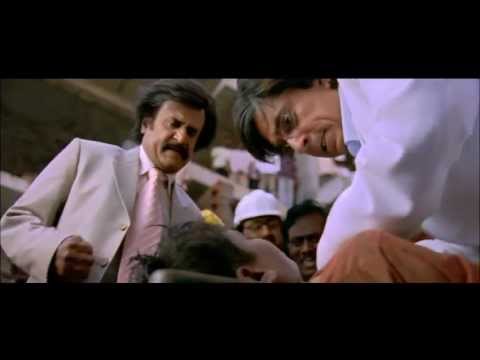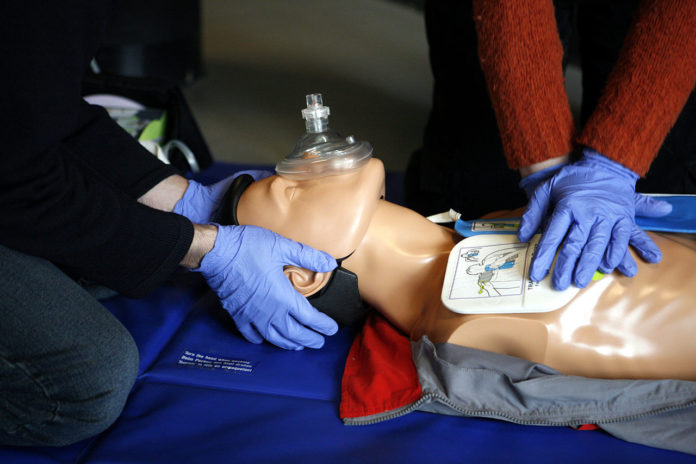DR K K Aggarwal, in a letter to Prasoon Joshi, head of Central Board of Film Certification says it is important for every Indian to be trained in hands-on CPR
Former Indian Medical Association (IMA) chief K K Aggarwal has written to the Central Board of Film Certification, seeking accurate portrayal of cardiopulmonary resuscitation (CPR) in movies saying lives can be saved if people are educated about the emergency procedure.

CPR is the most basic procedure to save a life in the event of a sudden cardiac arrest. It consists of the use of chest compressions and artificial ventilation to maintain circulatory flow and oxygenation during a heart attack. Although survival rates and neurologic outcomes are poor for patients with cardiac arrest, early appropriate resuscitation—involving early defibrillation—and appropriate implementation of post–cardiac arrest care lead to improved survival and neurologic outcomes. Defibrillation is a high energy shock given to a the chest wall to revive a heart which has gone into arrest. It is an essential life-saving step.
“As movies and the actors therein are major role models for the society, it is fundamentally important that these simple life-saving procedures are shown correctly”
Aggarwal said that several personalities have died due to sudden cardiac arrest, including former president APJ Abdul Kalam and former Union minister Sultan Ahmed. “It is important for every single Indian national to be trained in the technique of hands-only CPR or compression-only CPR, as this can help in saving many lives… There is also a need to equip every healthcare setting with conventional defibrillators,” he said in the letter to CBFC chief Prasoon Joshi.
Aggarwal said films have a tremendous reach and an analysis of various movies has suggested that a large number of these movies depicted the revival method incorrectly.
“As movies and the actors therein are major role models for the society, it is fundamentally important that these simple life-saving procedures are shown correctly,” he wrote. Aggarwal is also the vice president of Confederation of Medical Associations in Asia and Oceania.
He advised people to follow three simple rules when they come across a victim of cardiac arrest: call the ambulance, check if the person is breathing or has a pulse if you can, and start chest compressions and continue doing so till medical help arrives.
